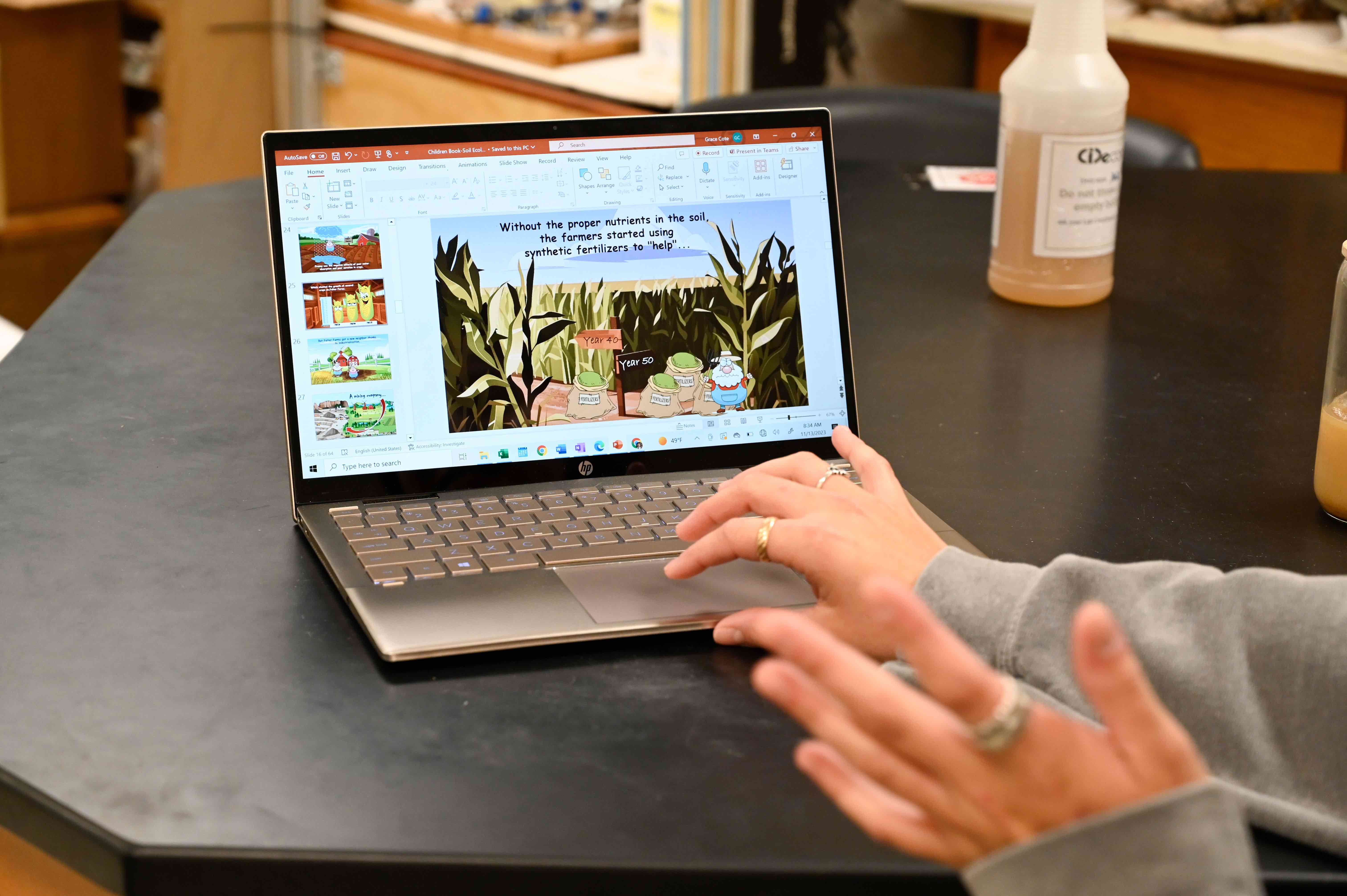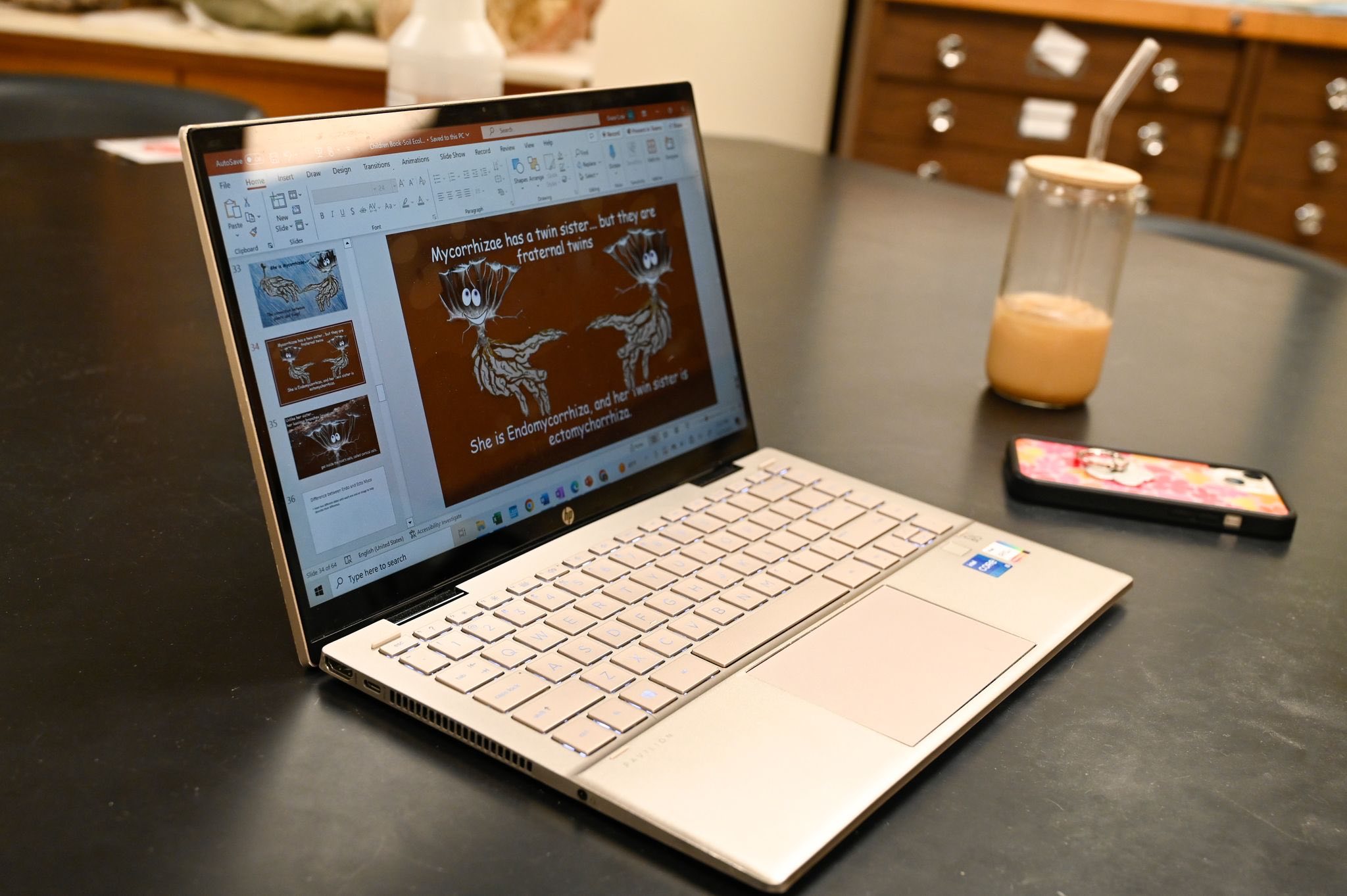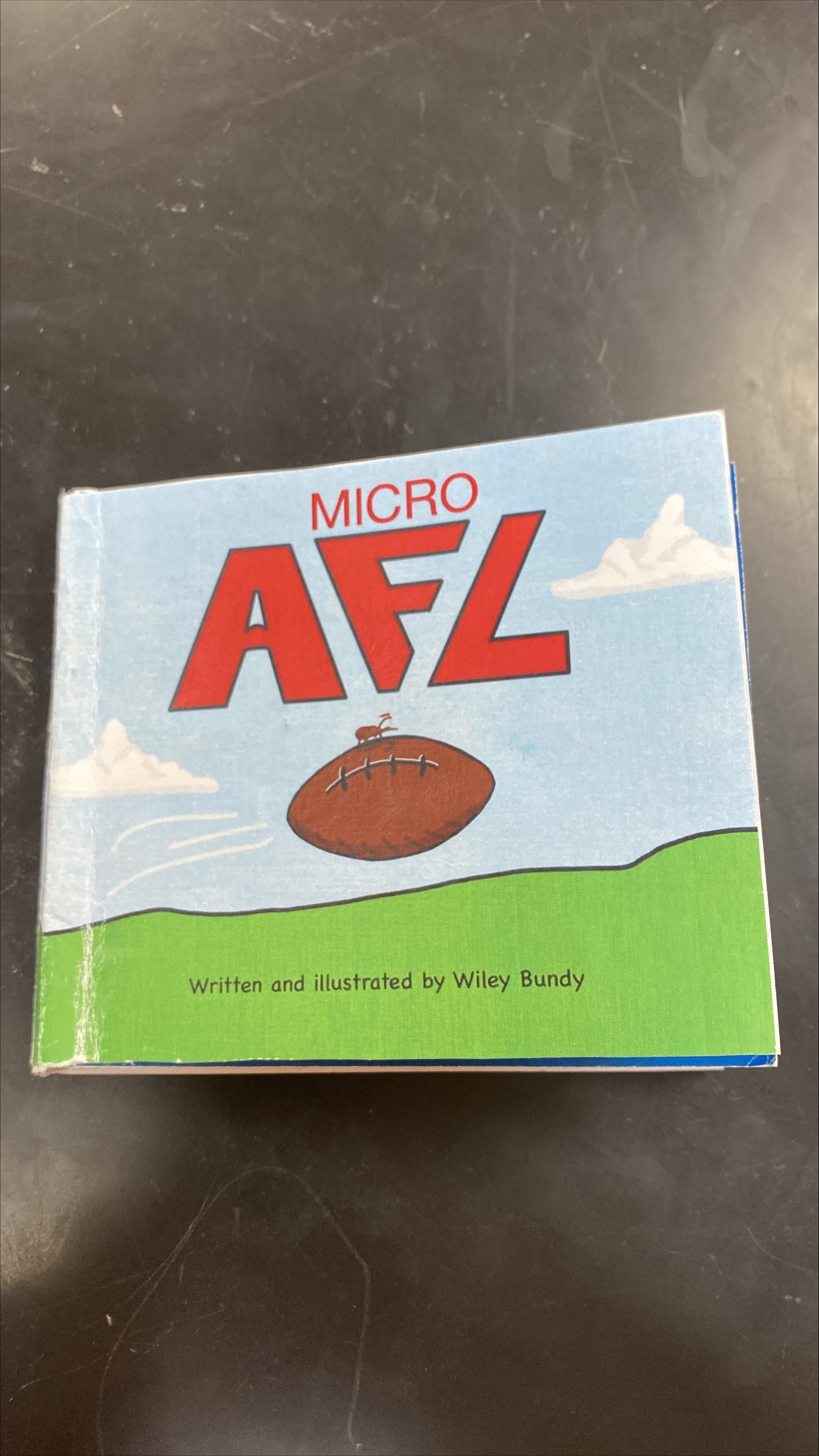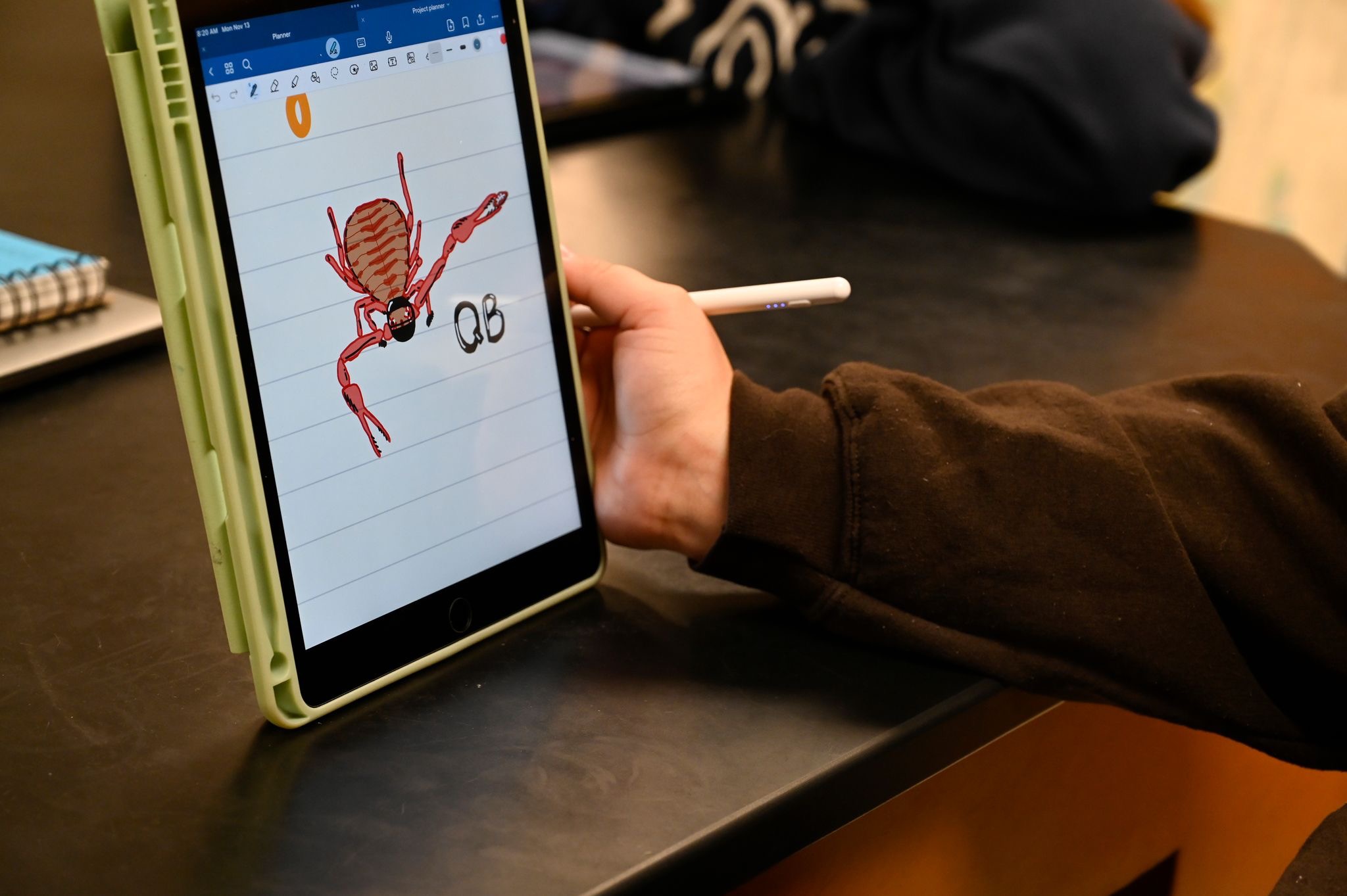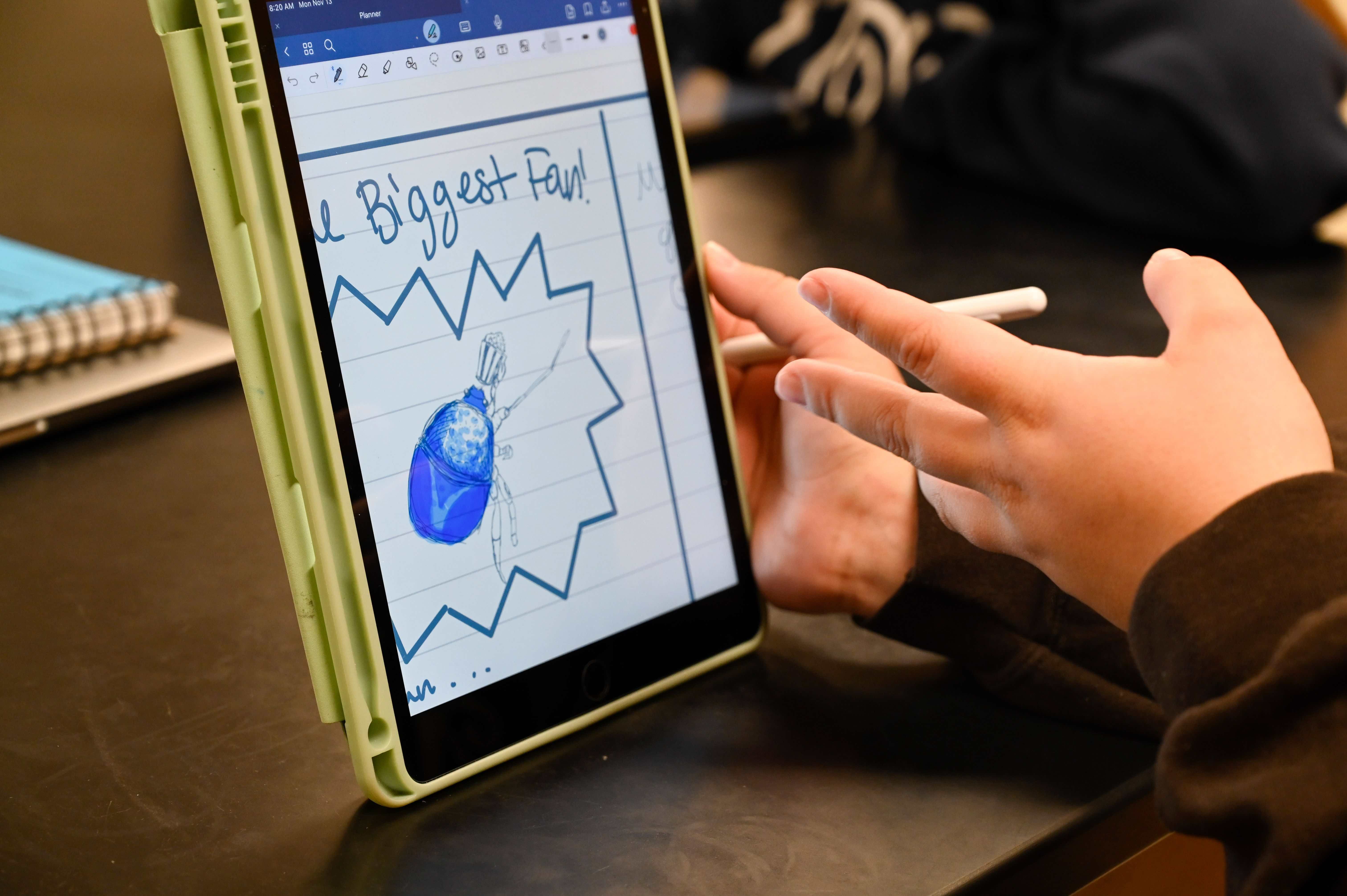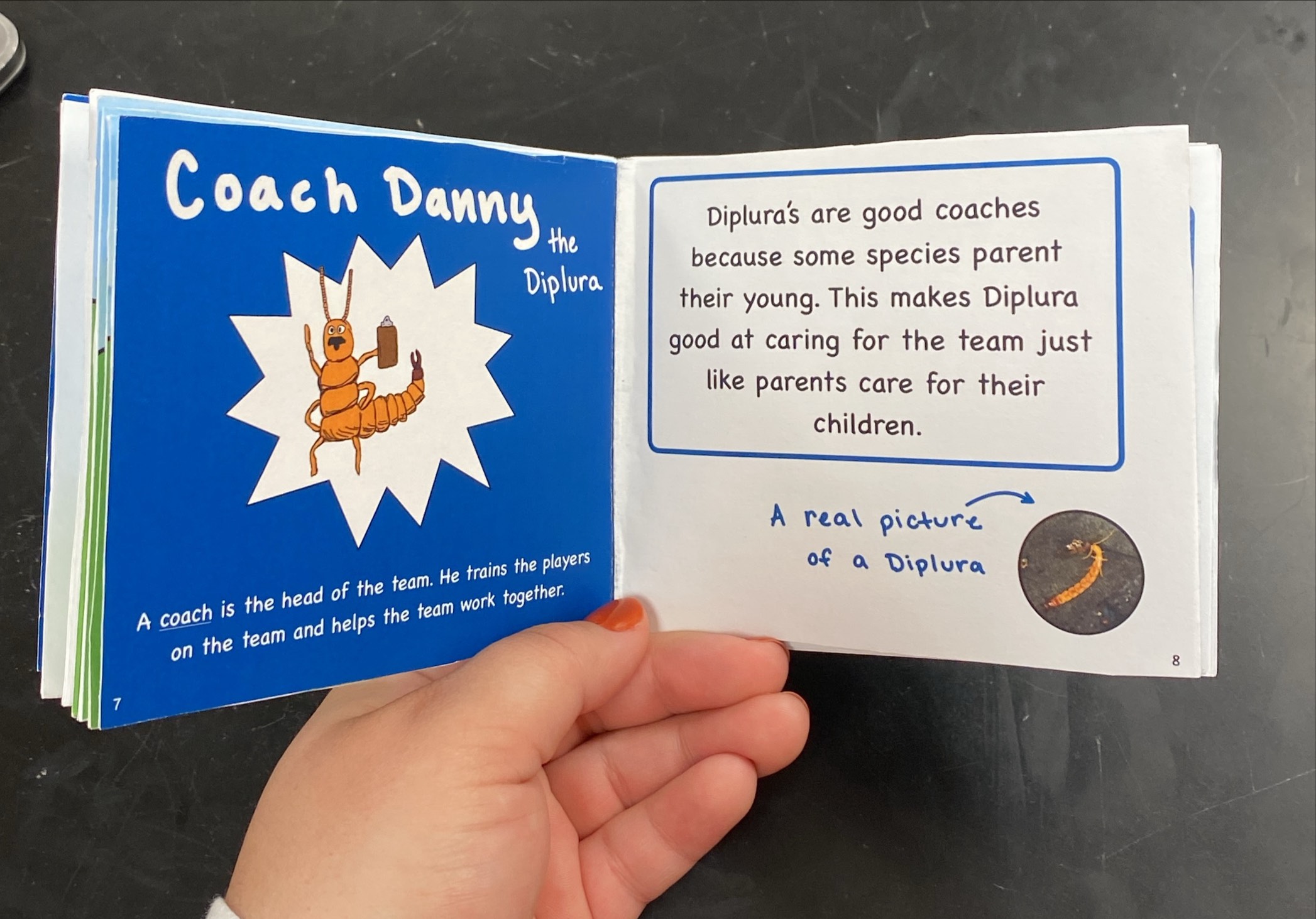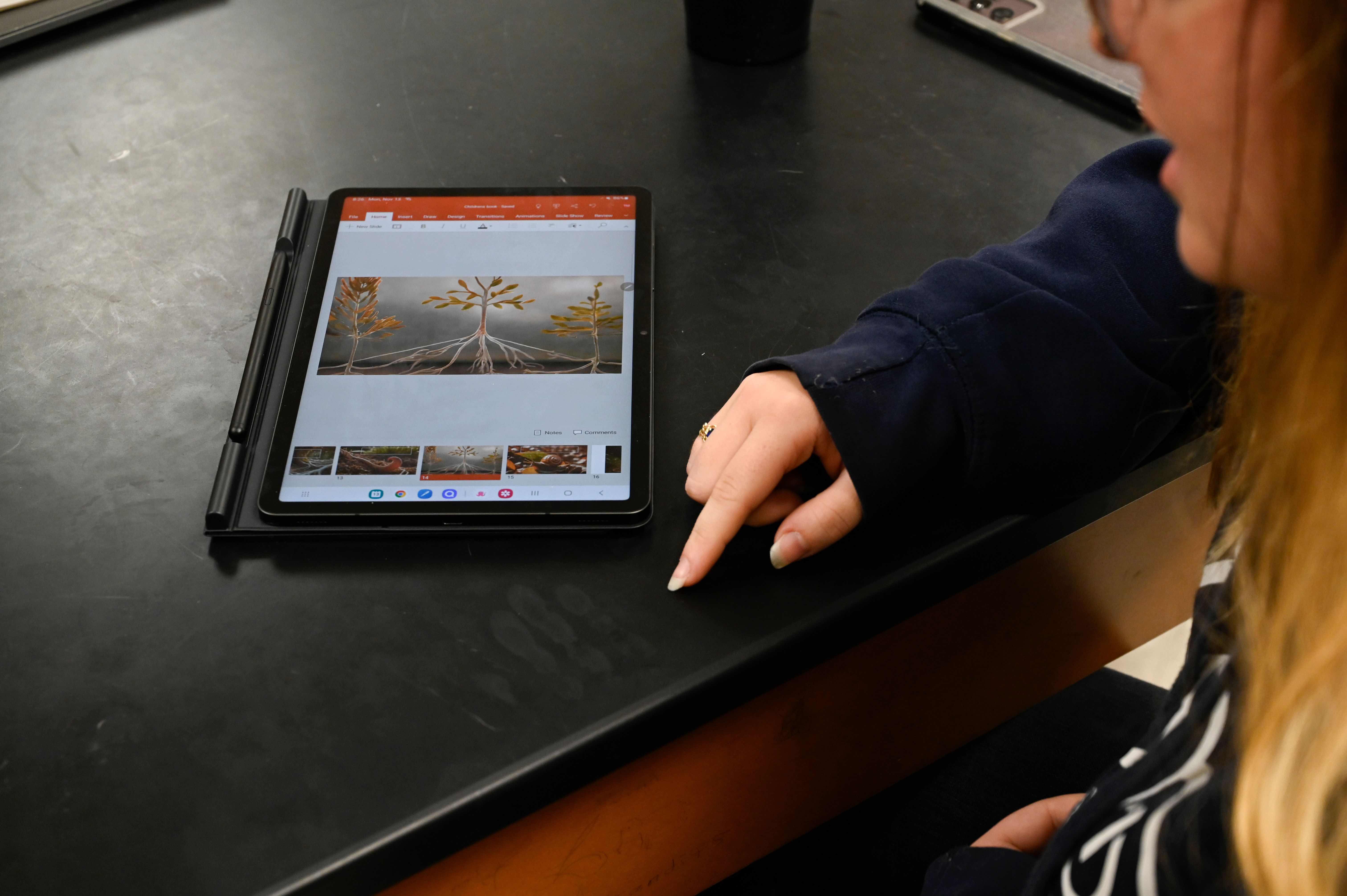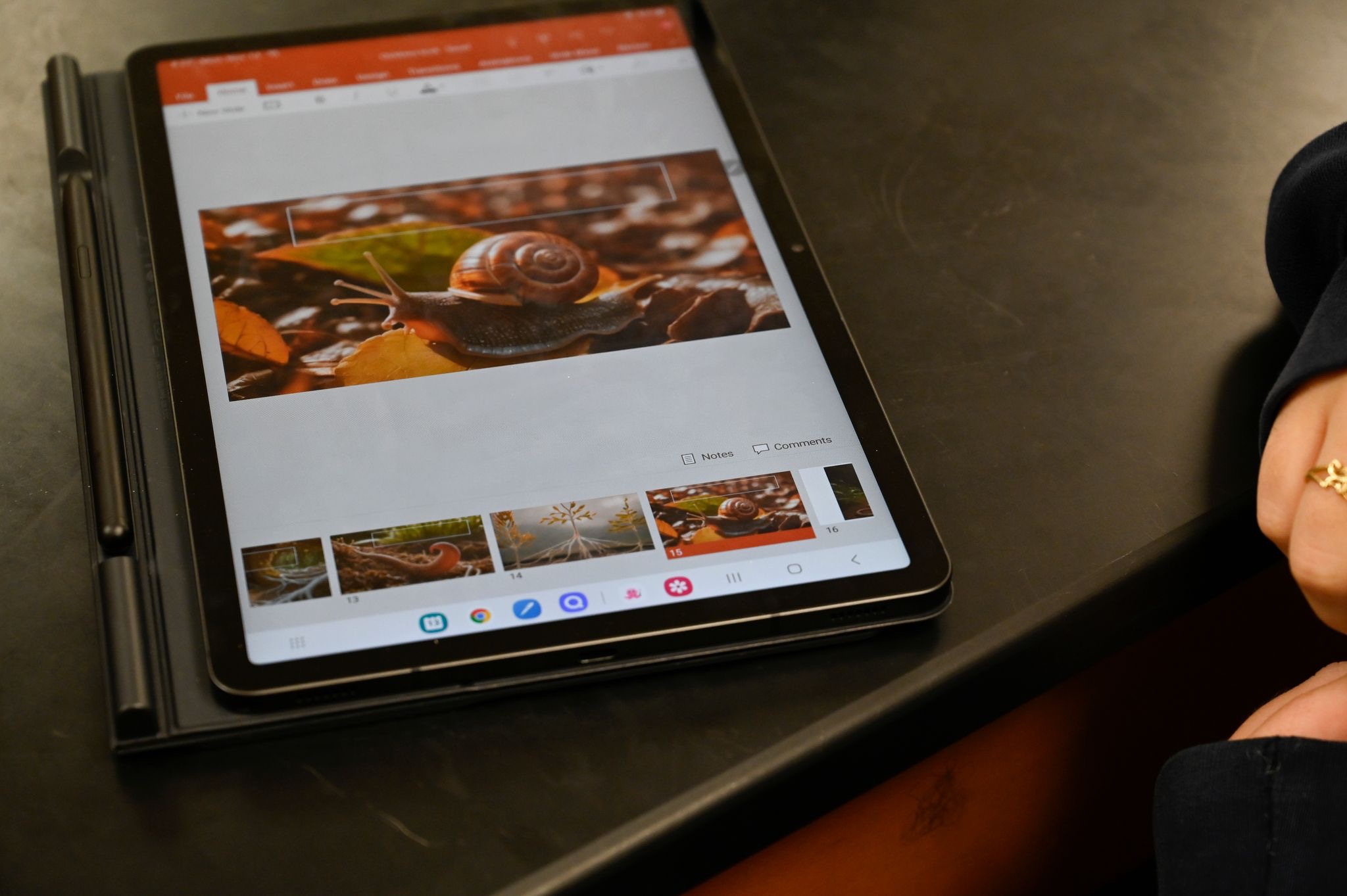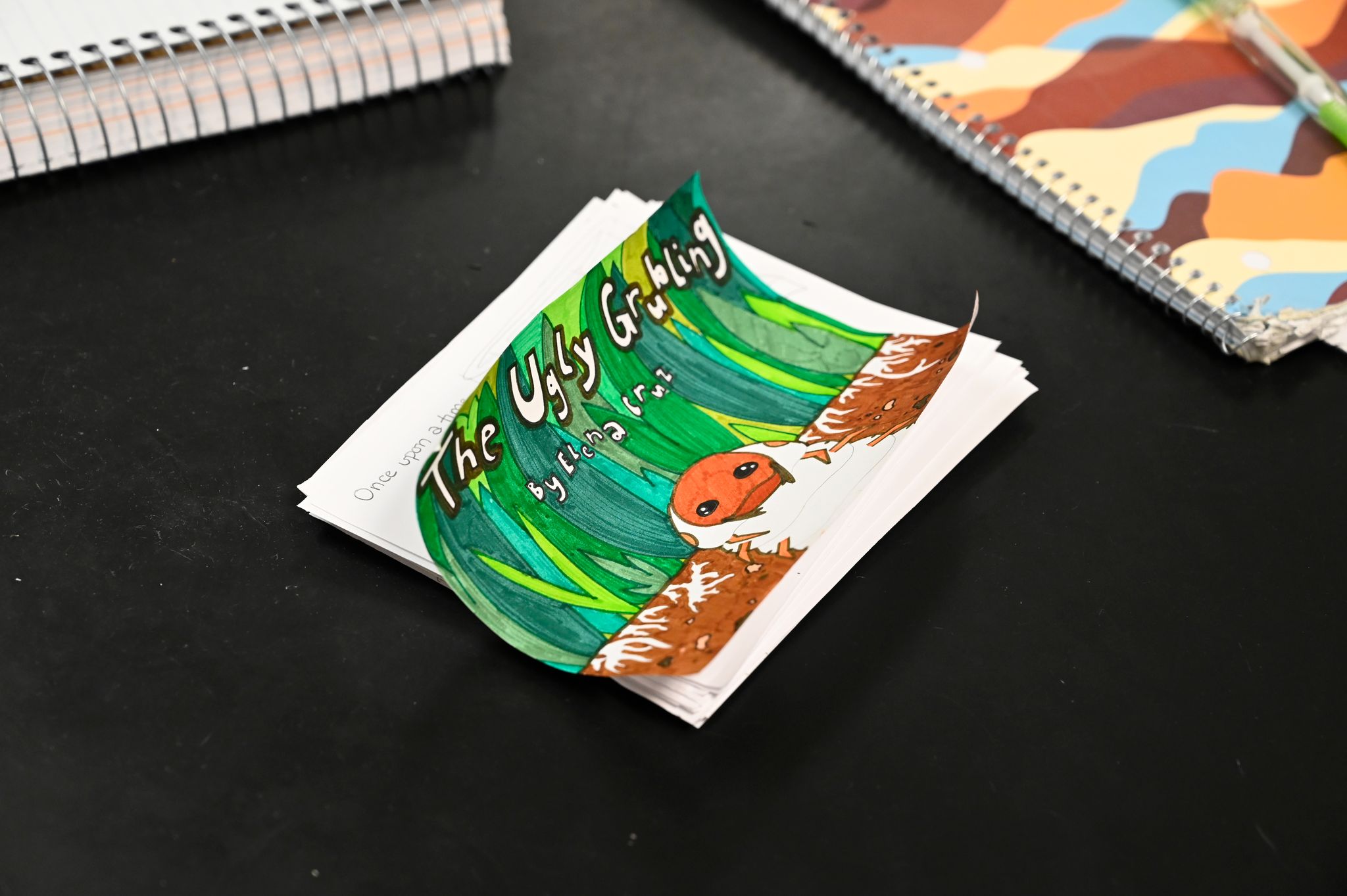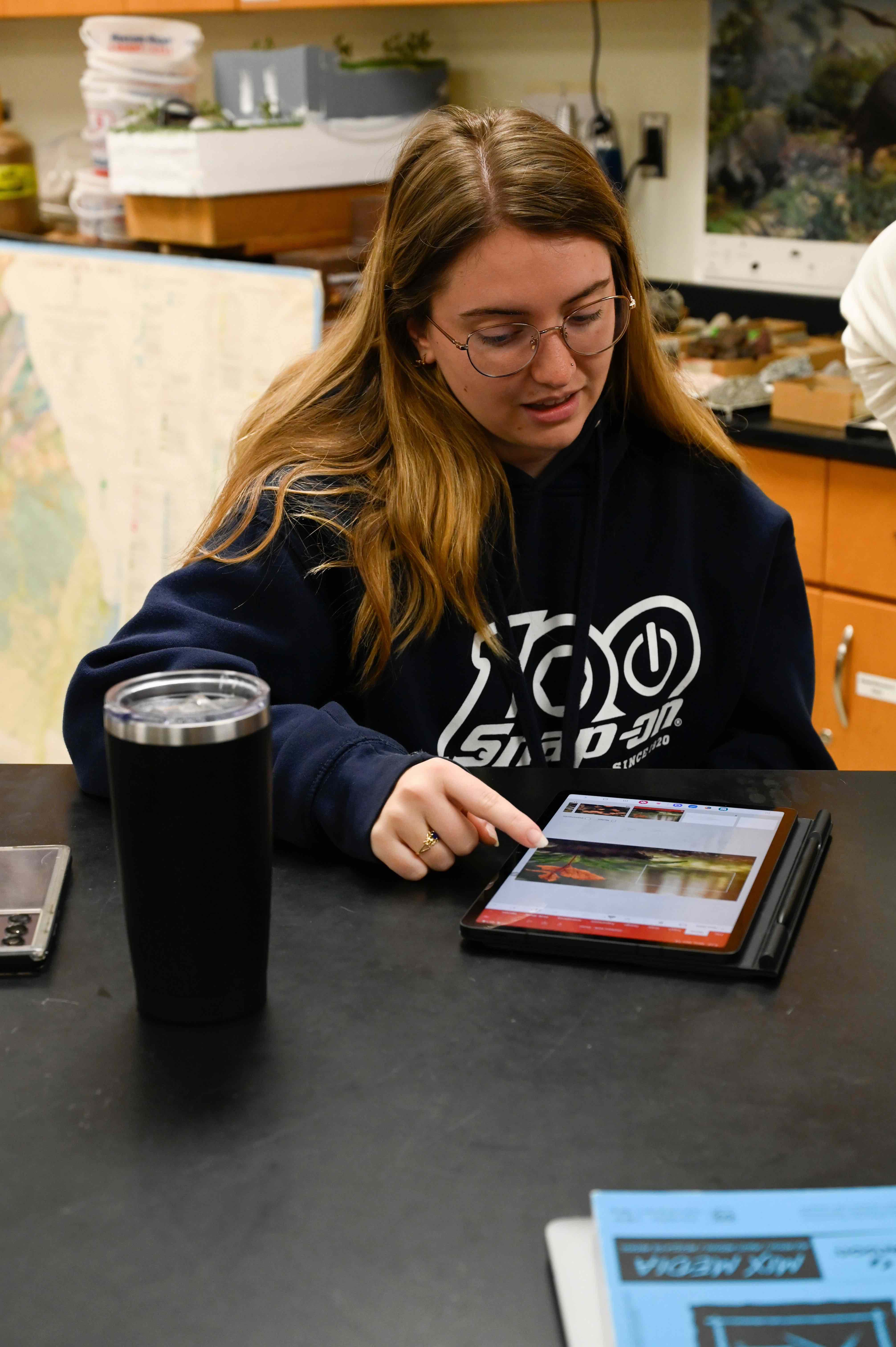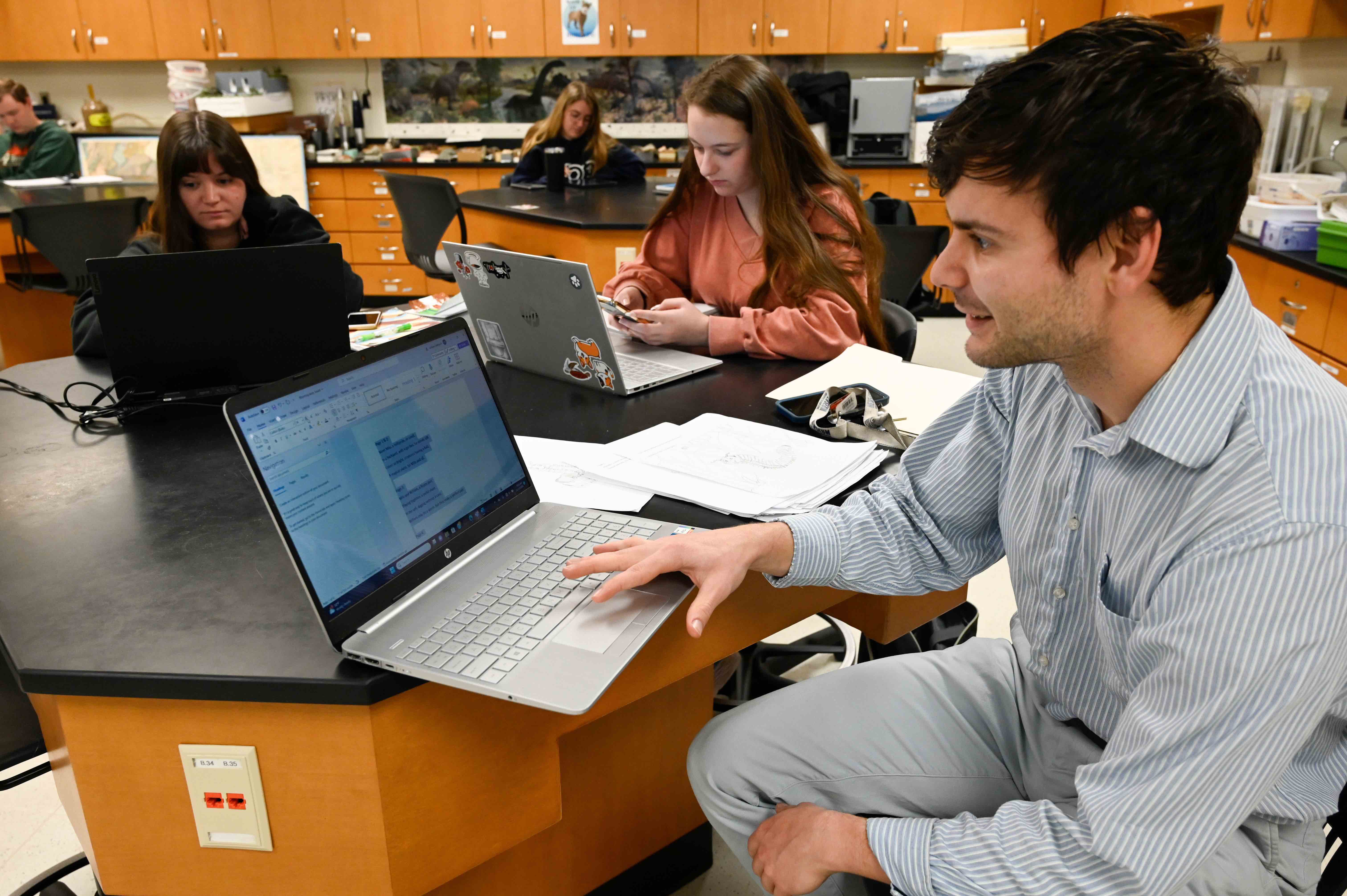Just in time for World Soil Day: Students create children’s books for ecology class
S ince 2014, the United Nations has set aside the 5th of December to educate people about the importance of healthy soil.
In time for this year’s international World Soil Day celebration, students in Dr. Bruce Snyder’s soil ecology class finished their final project for the semester—children’s books about dirt and critters of this unseen underworld that help nourish the Earth’s soil, water, forests and air.
For the UN, it’s a day to focus attention on the ground beneath our feet, while promoting sustainable management.

Students could choose any topic, as long as it pertained to soil. Books could be fiction or nonfiction, simple or complex, online or bound. They were graded on appropriateness, story flow, technical precision, ease of reading, creativity and grammar.
“Just as you would for a term paper,” Snyder said, “you still have to find the primary literature; you still have to write something that’s scientifically accurate and flows. It has to have good grammar and all the same writing skills.”
“You still have to make it clear to your audience,” he said. “With kids, it can be more challenging, so it’s the same amount of work. It’s just a different format and audience. Plus, it’s more fun.”
Human activity can put “excessive pressure on our water resources,” disrupting the natural balance of soil, causing erosion and reducing water infiltration for all life forms, according to the UN’s World Soil Day website.

Cote’s main characters are twin sisters, Endo and Ectomycorrhiza. They’re part of a family of fungi that is hard-to-pronounce, “arbuscular mycorrhiza.” To make the name easier for children, she broke it into phonetical segments.
The fungus lays unseen beneath the ground, feeding on tree and plant roots. While it obtains nutrients from roots, however, it also provides vital minerals for the host plant.
Cote’s book is about 80 pages and introduces other critters essential for soil healthy too, like termites and worms. She used clipart she found online to populate areas of her pictures. The book has a cartoonlike farmer, tractor, cornfield, bags of oats and diagrams of the fungi.
“The farmer has been doing a lot of unsustainable practices, like tillage, which compact the soil and lower bulk density,” Cote said. “They were lacking nutrients and in water stress. Therefore, they introduced synthetic fertilizer.”

First-year biology graduate student Tori Morgan of Carrollton, Georgia, used artificial intelligence to create fun characters and realistically surreal environments in her 20-page book, aimed at 10-year-olds.
The main character is a snail called “Tia,” short for “helix pomatia.” During her journey through a forest, Tia learns about decomposition and how her body heat adds to the pace of that breakdown. She’s joined by “Terre,” an earthworm, who tells her about mushrooms and other helpful organisms.
Senior environmental science major Wiley Bundy of Savannah mixes science and sports in her book for 5- to 7-year-olds. It’s about Mike, a “mesostigmata” or mite, who wants to join the Micro Arthropod Football League (AFL).
While learning about mini-arthropods who play different positions in football, Mike eventually decides to become a cheering fan.

Each page in her 27-page book has simple caricatures with realistic images of arthropods in the corners. Bundy drew the characters herself, then Photoshopped them into the text.

“I’ve really enjoyed this,” Griffin said. “I’ve always loved drawing, so this has been fun.”
Second-year graduate student William Wittstock of Alpharetta, Georgia, is getting his masters in biology. He chose a younger audience for his 30-page book on millipedes. At first, he was anxious about the assignment. But as he settled into rhyming the text and drawing, he said it was fun.
The book’s called, “Milo the Millipede and Guardians of the Garden.” Wittstock wrote to resemble the flow of a Dr. Suess book and drew the characters himself.

A few lines from the book: “Meet Milo, a millipede so small in a backyard with a garden. He stands tall. Colors so bright, creatures having a ball. A magical place for Milo and all.”
Wittstock’s aunt helped him identify words that needed simplifying. Then, he tested the story on his niece and nephew, Ross and Zacky. They gave the book a big ‘thumbs up.’
“The anxiety comes when you’ve got to draw something four or five times before you’re ready to print,” Wittstock said. “My biggest challenge was taking it too seriously and just overthinking.”

Elena Cruz, a first-year graduate student from Douglasville, Georgia, chose the ugly grub for her topic. Cruz does her research on millipedes, so she wanted learn something new for this assignment.
In her story, children learn about the importance of grubs for soil. Her grub is smaller than the others and doesn’t quite fit in. He has a “coming-of-age journey,” emerging from his cocoon a pretty, yellow beetle.
“Basically, he becomes a cool little beetle,” Cruz said. “There has to be a happy ending.”
